The Week Without Walls Program at The Overseas School of Colombo, which takes place every year in late January, is an experiential education program that gives students a week without seeing the campus walls. It’s primary purpose is to facilitate learning experiences outside of the traditional classroom and expose students to our host nation of Sri Lanka. Each of these WWW learning experiences have their own distinct learning outcomes based on where they take place and the nature of the primary activities that constitute them. During my time at OSC so far, I participated in two WWW programs – unfortunately I didn’t maintain a blog like this one that would give you an idea of my past experiences in the WWW program, so I’ll briefly summarize my experiences during these two WWW’s.
As a freshman, I went to the Borderlands riverside camp in Kitulgala. Since Kitulgala is a tourism hub due to the various riverside adventure activities it offers, this trip was an action packed trip that was mainly comprised of water based activities in the adjoining Kelani river such as canoeing, and canyoning. Furthermore, after seeing how a majority of the people in Kitulgala are dependent on the river for their livelihoods, we investigated the impact of the upcoming Broadlands hydropower dam that would threaten the economy in Kitulgala as a result of its impact on the Kelani river. In Grade 10, my WWW was at the Janoda Foundation in Hambantota. Since the Janoda foundation is a non-profit organization that runs pre-schools in rural areas affected by the 2004 tsunami, this trip was a service learning experience, where we were tasked with the duty of repainting the classroom furniture in one of the pre-schools and spending some time teaching and interacting with the pre-school students. Both of these WWW experiences were unique learning experiences that pushed me out of my comfort zone and gave me a unique perspective on Sri Lanka.
As a junior, this year’s WWW would be my last since the Week without Walls become a Week with Mock Exams for the seniors. As a result, I put a lot of careful consideration before deciding on participating in the Sri Lankan Highlands WWW experience. The main reason behind my decision was the fact that photography, which has become one of my interests as a result of my involvement with Gecko Network, is a key element of this WWW. In preparation for this expedition, I set a few personal learning outcomes and goals. My primary goal and learning outcome was to develop both my knowledge and skills in the art of photography. Secondly, I also wanted to develop a better understanding of the unique ecosystems that make up the Sri Lankan highlands because it’s interesting to see how ecosystems differ based on the environment they are set in. And finally, I wanted to have a great experience because this was going to be my last WWW experience at OSC.
The Experience
Early on the first day, we headed out from school to Belihuloya, where we did a short hike to our campsite and experimented for the first time with our cameras. The hike up to the campsite mainly consisted of paddy fields, but we managed to see a crested serpent eagles perched on a tree above us. On Tuesday Morning, we had breakfast and made our way through a pine forest to Lanka Ella Falls. During the hike up to Lanka Ella Falls, we saw giant squirrels, a rat snake and a low flying black eagle. After a swim at the falls, we headed to Horton Plains National Park via Haputale, where we had lunch and shopped for supplies for our stay at HPNP. Just as we entered the national park, we caught a glimpse of a leopard crossing the road and moving through the forest to our left. Shortly afterwards, we reached the so called “Asylum” like dorm, where we were to spend the next two nights of the Highlands expedition. The conditions in Horton Plains were very different to those we were familiar to in Colombo; especially the temperature, but also the stars we saw, which we could only dream of back in Colombo.

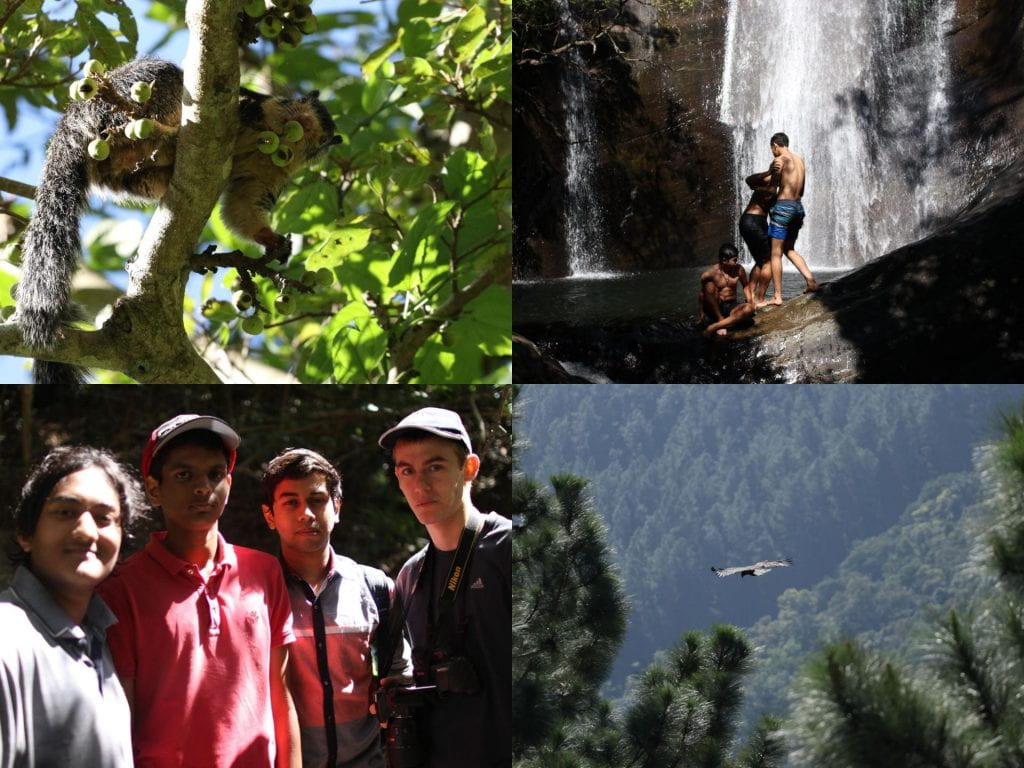
After quite a chilly night, we spent most of the next day on our first major hike: Kirigalpotta, Sri Lanka’s second highest peak. Although the hike was 14km long and quite challenging due to the altitude gain, the view from the peak was amazing. We also saw some interesting animals, birds and even flowers; The most notable flowers were the Rhododendron flower and the carnivorous Sundew flower. After the hike we had some lunch and went back out with hopes of seeing a leopard. Although we didn’t see another leopard, we did see and photograph one of Sri Lanka’s rarest endemic birds: the Sri Lankan Bush Warbler. Thus far in the trip I had carried my camera and taken pictures of everything we saw, but I hadn’t really done anything out of the ordinary other than going through the usual motions of picking the right settings and snapping the shot – but that night was different, when we dabbled with some long exposure night photography.

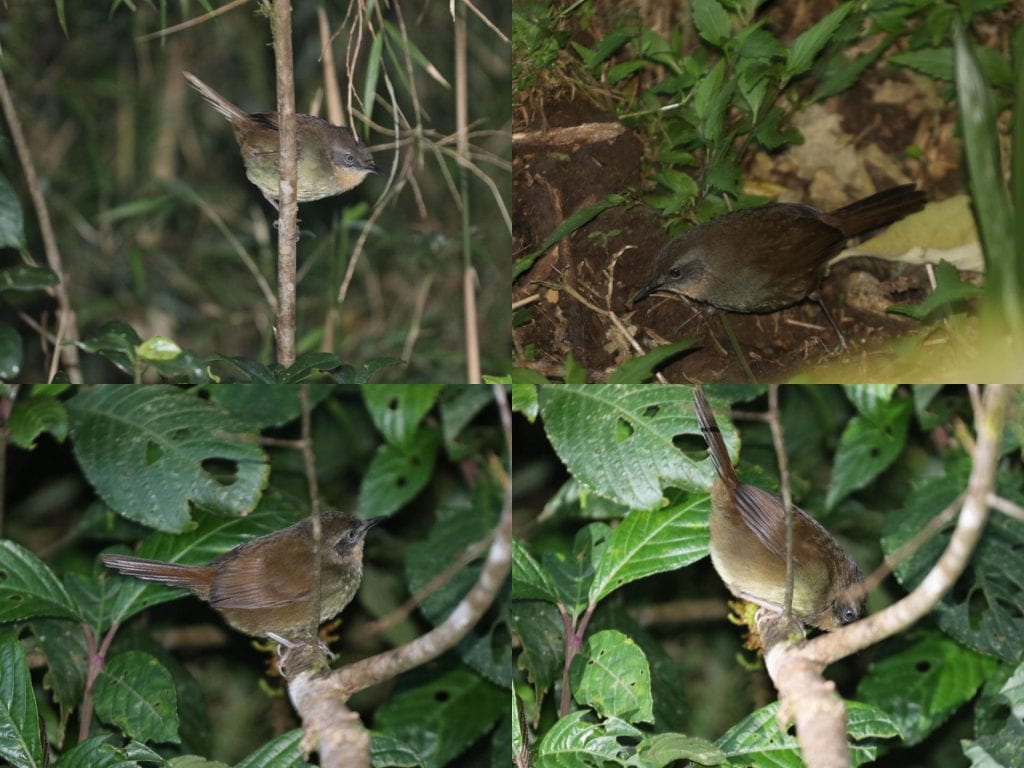
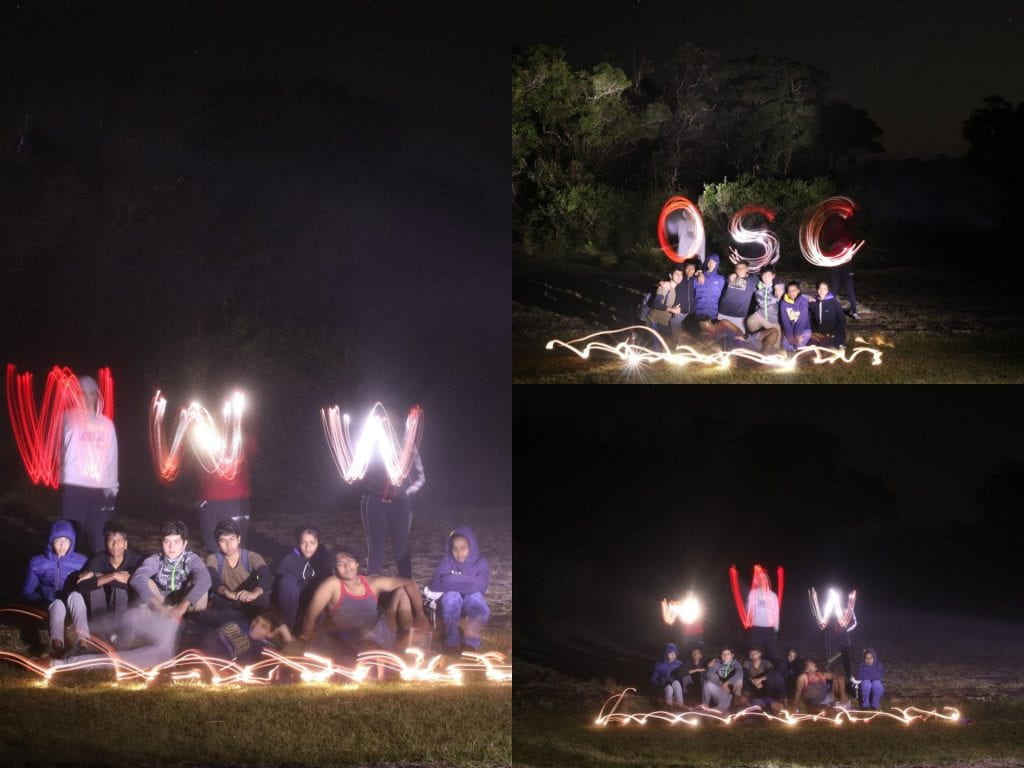
The next morning we woke up well before sunrise and headed for another hike; this time up Totupola Kanda – Sri Lanka’s third highest peak. This hike was relatively easy, but the view was even better than that of Kirigalpotta mainly because we reached the peak at sunrise meaning that we had perfect lighting conditions to enjoy the view and photograph it. We excitedly headed back to the dorm because we were going to leave for Nuwara Eliya. After a few hours drive we reached the St. Andrew’s Hotel, which was a pleasant change after our two nights at the asylum. After lunch, we headed to Victoria Park in search of two rare migratory birds – the Pied Thrush and the Kashmir Flycatcher. We saw and photographed two male pied thrushes, but couldn’t spot the flycatcher. Thereafter, we went on a frog watching expedition in the hotel grounds and the adjoining area. Before we began the expedition, the guide mentioned that there are 8 known species in the region, and we managed to see and photograph every one of them. Photographing them was especially challenging since we had to use the flash on our cameras as well as a flashlight to focus on the frogs and do so relatively quickly because the cold blooded frogs would quickly become uncomfortable with bright light shining on them.

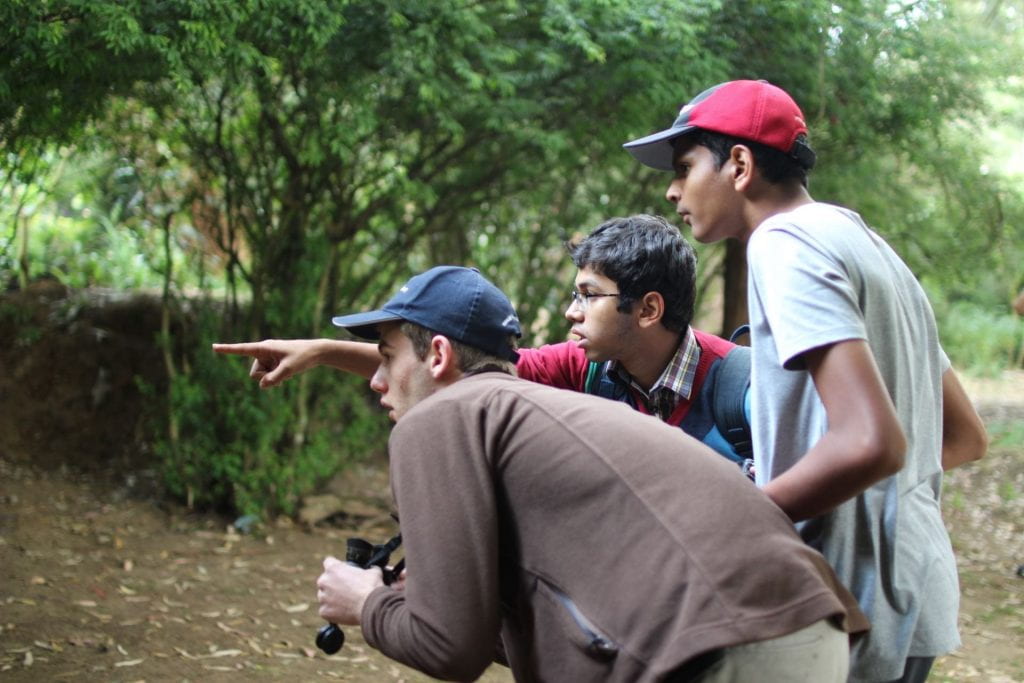
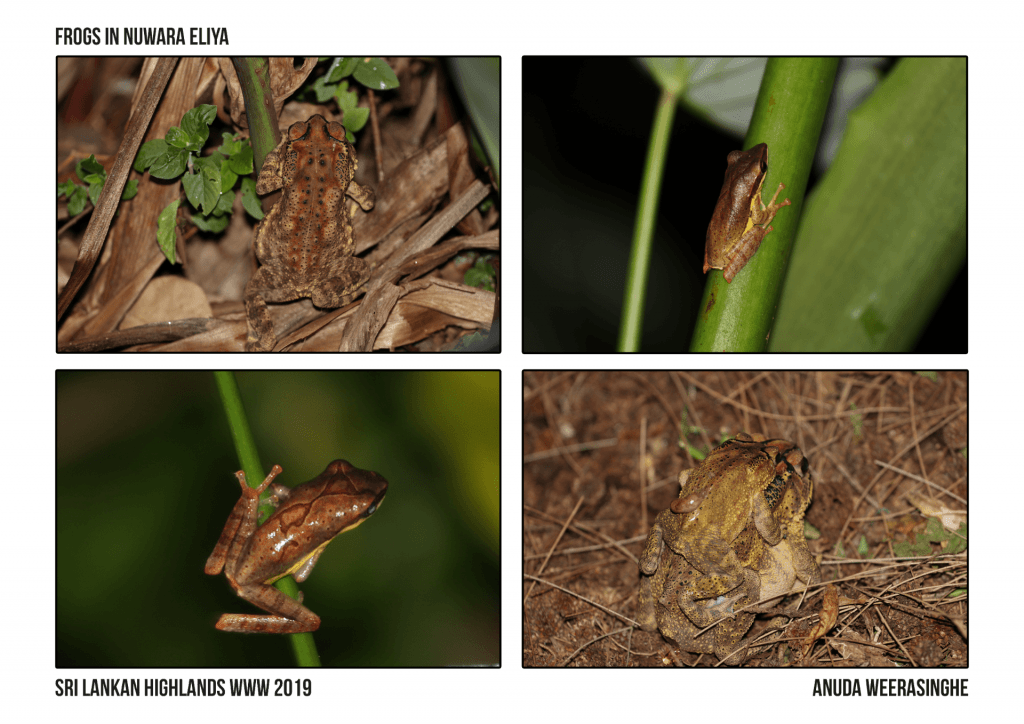
The next morning, on our final day of the trip we ascended to Pidurutalagala – Sri Lanka’s highest peak. Unlike Kirigalpotta, and Totupola Kanda, Pidurutalagala had a road leading up all the way to the peak so we used our vans to reach the peak in less than 30 minutes. When we reached the peak we were greeted with an amazing view that included the peaks we had hiked in the preceding days. Unfortunately, we couldn’t explore and get as many pictures as we would have liked to due to the Air Force base at the peak and their security restrictions. We then packed up and headed back home to Colombo, via Jagro in Nuwara Eliya and the Kitulgala Rest House, where we stopped for strawberries and lunch respectively. After we got back, we edited a few of our best pictures, printed them out and presented them at the WWW exhibition to the OSC community.


Key Takeaways
Clearly, this WWW expedition was great with plenty of unique and exciting learning experiences. Looking back at these experiences and reflecting on them at a higher level, I have identified a few key takeaways from this WWW experience that summarize the impact of this learning experience as a whole on me.
1. Photography
As mentioned above, one of the main reasons I chose to go on this trip was the photography aspect that was a key part of it. Before this WWW, I was quite familiar with manipulating the ISO, Shutter Speed, Aperture, using different lenses and taking good pictures. Yet, this WWW experience greatly improved my skills and knowledge as a photographer by testing my skills in an alien context.
As a GeckoNet photographer, the subject of almost all of my pictures are people performing various tasks from playing football to dancing in the talent show. On the other hand, as a photographer during this WWW, I was taking pictures of landscapes, birds, animals, frogs, stars, flowers, trees and on the very rare occasion, humans. Clearly, the latter situation is much more complex and challenging due to the many variables that it presents. A good example is the aforementioned frog photographing situation. Considering how my photograph would impact the livelihood of my subject is an idea that I hadn’t even dreamed of before this experience. The next big challenge is with lighting. As a GeckoNet photographer, I have control over the lighting in the studio, and even in places like the auditorium, making my job as a photographer quite simple. However, on this WWW I had absolutely no control over the lighting and had to adjust to whatever the environment dictated. Sometimes the lighting was perfect, like on Totupola Kanda, and sometimes it was less than perfect, like when we saw the Pied Thrush. The final challenge was a result of the shear breadth of potential subjects that one might encounter during a hike up Kirigalpotta or Totupola Kanda. Since GeckoNet photographs a variety of events, I have to tweak the settings on the camera based on the event. For example, if I’m photographing SAISA Volleyball then maybe I’ll use a high shutter speed than when I’m taking pictures of the senior production. However, once I tweak the settings once I don’t have to change anything for the rest of the event because everything stays pretty much the same. On the other hand during this WWW, I don’t think I left my settings the same for more than two or three pictures at a time – I might be able to use a slow shutter speed when snapping a Rhododendron flower, but not when I see and decide to photograph a bush warbler moving about on the branch below it.
What does all of this add up to? Well, the lack of control I was exposed to as a photographer this WWW, which is the complete opposite of what I’m used to, made me a more versatile photographer that could adapt to change and looked to be more inventive with every shot. Also, doing the long exposure night photography and light trails for the first time was a really cool experience.

2. Ecosystems of the Sri Lankan Highlands
My second goal for this WWW experience was to learn more about the ecosystems that make up the Sri Lankan Highlands and the one recurring theme that I found interesting in all of the different aspects of the ecosystems I was exposed to was this idea of adapting to change, which based on my recount above is quite similar to my experience as a photographer in the Sri Lankan Highlands.
From a geographical perspective, Sri Lanka is an extremely unique little island. As an island it is surrounded by low lying coastal areas, but what makes it unique is the highlands that lie in the center of the island, less than 100km from the coasts on either side. This means that within a few hours of driving, you can go from 0m above sea level to above 1000m above sea level and this is exactly what we experienced during the Sri Lankan Highlands WWW. Because of this increase in altitude comes with a decrease in temperature and a change in a variety of other conditions, you would expect the ecosystems that make up the Sri Lankan highlands to be completely different. And as expected it was completely different- I don’t think I saw a coconut tree all week- but what surprised me more was how the same species we see on the coasts have adapted to changes in order to survive in different conditions. For example, the leopard we saw was much shorter and furrier than its counterparts in Yala because it had to adapt to the colder conditions and the more uneven, hilly terrain in HPNP. Even more surprising was how rapidly these different adaptations can be seen. When we began our hike up Totupola Kanda, the trail was surrounded by large trees standing well over our heads, but by the time we reached the peak the same species of trees were shorter than most of us because they had adapted to the windy conditions atop the peak.
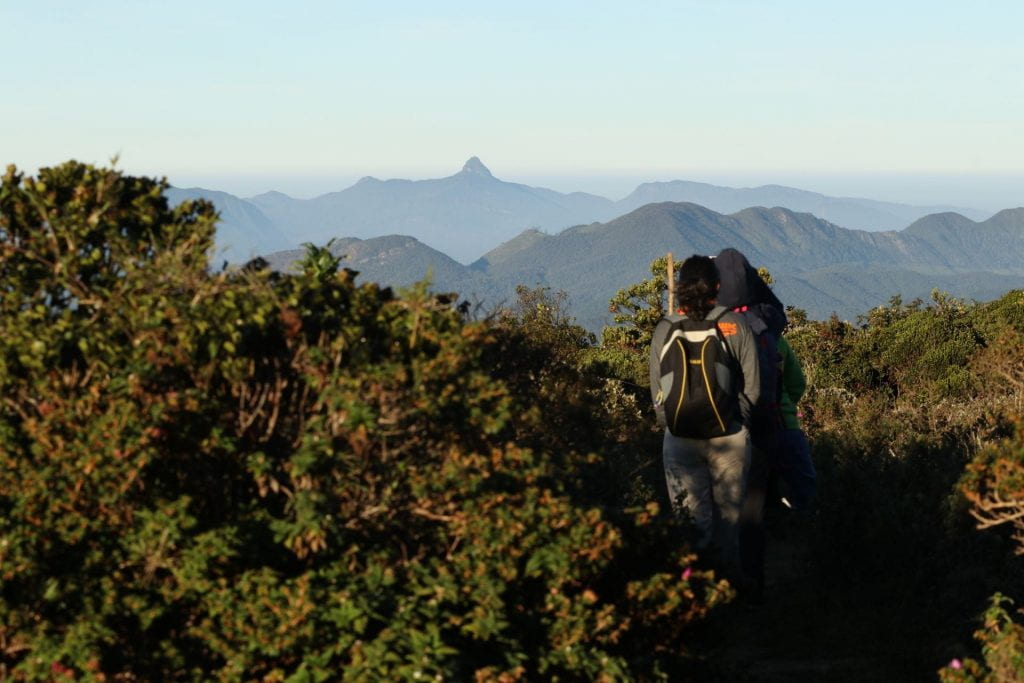
Although I have visited the Sri Lankan Highlands so many times over the years, this is the first time I actively observed the ecosystems around me. As a result, although I’d been taught about it at school, this is the first time I realized how every living thing adapts to change; just like I did as a photographer in the Sri Lankan Highlands.
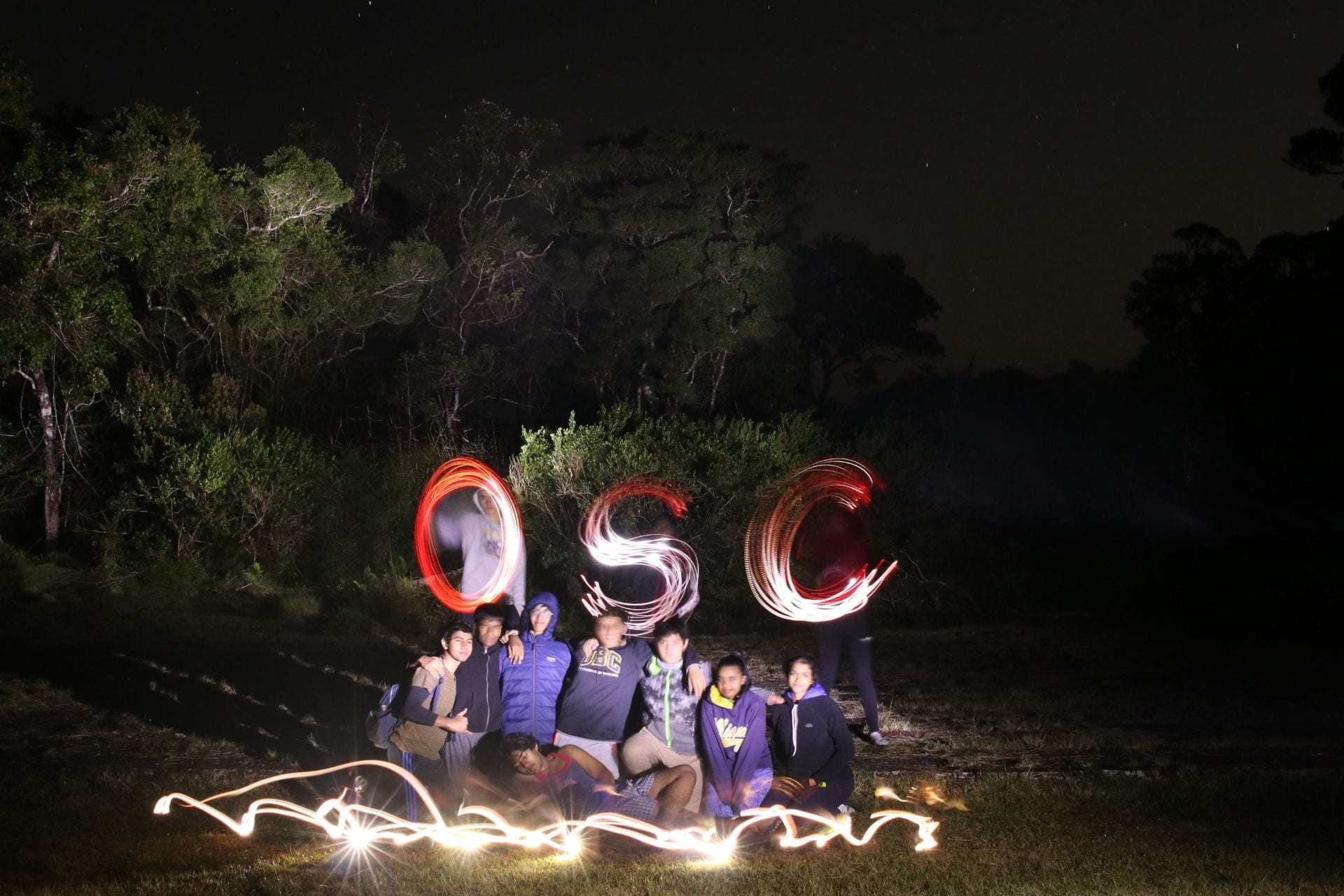
This is a fine post Anuda…well worth the wait. thanks for taking the time to reflect so thoroughly on your learning and experiences from the WWW Highlands experience.